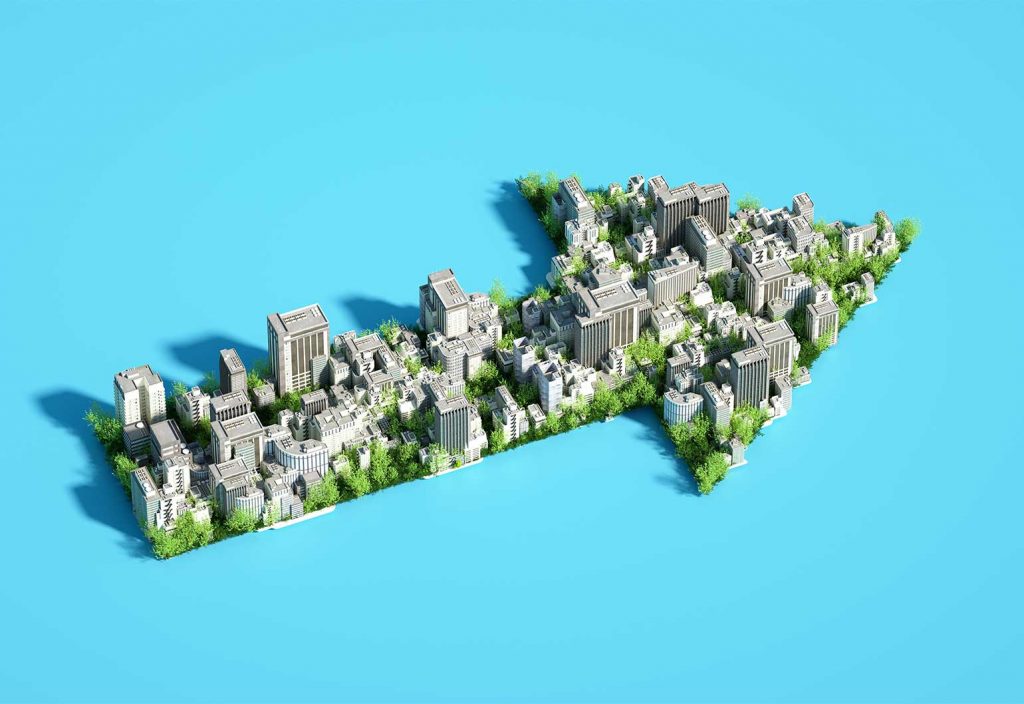The final panel of Engineers Australia’s Climate Smart Engineering 2021 conference last month invited three engineers to look to the future and consider exactly what must change in their profession to bring about the necessary transformation.
“We need to do nothing short of a total transformation of the energy systems that underpin our economies,” said panel moderator Greg Bourne, Chair of Granville Harbour Wind Farm, referencing the International Energy Agency’s most recent World Energy Outlook.
“To my mind, it’s critical that we have engineers at the table, who have their sights set on the future, and who rub shoulders with the best of the other disciplines and are able to carry an argument for change, rather than for one of incumbency.”
Alinga Energy Consulting Director and Chartered engineer Ruby Heard CPEng laid out four areas that engineers looking to make that change could focus on.
“Number one, sustainable design,” she said. “Sustainability is a worn-out word, but the concepts that underpin it are just taking off: circular economy, carbon neutrality, sustainably sourced materials, and design in harmony with the natural environment.”
Heard also highlighted humanitarian engineering and feminine energy as the second and third important concepts.
“This is not about gender; we all contain [masculine and feminine] energies and their characteristics,” she said. “We are at the beginning of a rise in feminine energy, which pushes us into the age of creativity, intuition, empathy, compassion, trust, honesty, and vulnerability.”
Humanitarian engineering, she said, involved applying and developing technology to address real human needs rather than to meet a market or financial opportunity.
“Number four is holistic engineering,” she said. “To acknowledge that everything is connected is to accept responsibility for how your design decisions impact outside the immediate project on to people and the environment now and into the future.”
Responsibility for the future
Co-Founder of the Global Association for Transition Engineering Dr Susan Krumdieck said that because engineers had been so effective in making existing systems work well, they bear a responsibility to now change the world for the better.
“The incumbent system doesn’t want to change because it works great — because we made it work great,” she said.
“Now the only people who can change it are the people who made it, operate it, work it, make a living from it.”
Engineers’ ability to create and implement effective standards had permitted the extraordinary growth of polluting industries, she said, and it was now time to develop new standards to confront future threats.
“We get so effective we can cook the planet,” she said. “What we need now is standard methods … for the project of change — for the processes of changing incumbent systems to downshift fossil fuel use and other unsustainable material uses.”
And the only people capable of creating such systems are engineers.
“There are probably no politicians in Australia or the UK or the United States who would understand what we’re even talking about if we said we needed transition engineering standards,” she said.
“Whatever field you work in, whatever it is that your specialisation is, you now have the duty of care for transition of that incumbent system.”
Heard agreed that engineers had been part of the problem and so must also be part of any solutions.
“Engineers became tools for governments and corporations to push agendas of capitalism, consumerism, materialism and war,” she said. “We were told that time, cost and quality were the tenets of design, rather than a more virtuous framework, which could have included environment, humanity and equality.”
But Heard also said she believed engineers have the capacity to bring about more sustainable results from their work.
“Some people will say we don’t have the capabilities and the qualities to be leaders in our own right — but I disagree,” she said.
“Even if we don’t, at the very least we can decide who we align ourselves with, the companies we work for, and the design decisions that we make. It’s time to decide what the future of engineering and the planet looks like.”
A society-wide threat
EY’s Climate Change and Sustainability Services Partner, Engineers Australia Fellow and Chartered engineer Terence Jeyaretnam FIEAust CPEng concurred that the threat was an existential one, but said it extended throughout other parts of society.
“We’re more powerful than ever before, but we have little idea of what to do with all that power,” he said.
“I suggest that looking at where we’ve come from and where we’re heading, we really need to start thinking about … what creates happiness and start to think about whether consumption is the way out of this.”
This would involve redefining and reimagining the systems in which we live.
“I think engineers do need to … come back to the first principles of ‘is this regenerative?’,” Jeyaretnam said. “Is this going to create a positive impact and not a negative impact?”
However, the panel believed that the necessary changes were possible.
“These existential problems don’t have solutions,” Krumdieck said. “But the work that we do has ways we can change things, and I don’t really think they’re called solutions. They’re called shifts.”
And one consideration necessary when undergoing those shifts was to not repeat the mistakes of the past when pursuing future energy needs. Heard accentuated the work of the First Nations Clean Energy Network, which aims to support Traditional Owners of land that could be used for renewable energy and ensures that benefits from such projects are shared equally.
